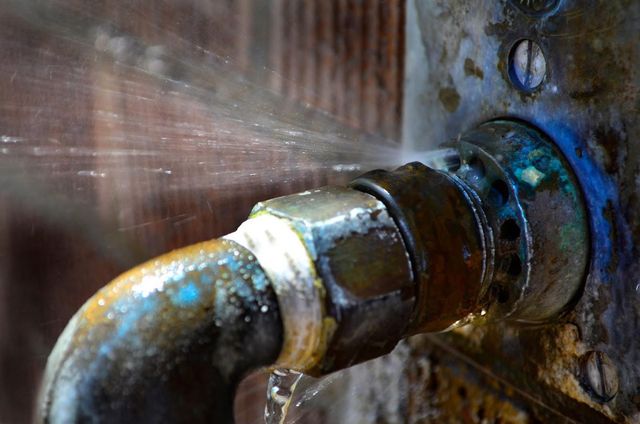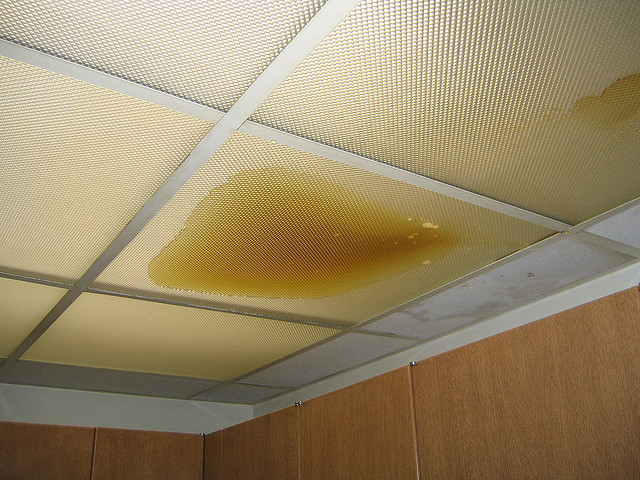They are making a number of great observations on the subject of Leaking water lines in general in this content down below.

Early detection of dripping water lines can reduce a prospective catastrophe. Some tiny water leaks might not be noticeable.
1. Take A Look At the Water Meter
Every house has a water meter. Examining it is a guaranteed way that aids you find leakages. For starters, switch off all the water sources. Make certain no one will certainly purge, make use of the tap, shower, run the cleaning equipment or dish washer. From there, most likely to the meter and also watch if it will certainly change. Because nobody is using it, there should be no motions. That indicates a fast-moving leakage if it relocates. Furthermore, if you detect no changes, wait a hr or two and also inspect back again. This suggests you may have a slow-moving leakage that can also be below ground.
2. Check Water Intake
Examine your water expenses and track your water intake. As the one paying it, you ought to notice if there are any type of inconsistencies. If you spot sudden changes, in spite of your consumption coinciding, it means that you have leakages in your plumbing system. Keep in mind, your water bill ought to drop under the same array monthly. An abrupt spike in your bill suggests a fast-moving leakage.
At the same time, a constant increase each month, despite the same practices, shows you have a slow leakage that's likewise slowly rising. Call a plumber to thoroughly check your building, especially if you really feel a cozy area on your flooring with piping below.
3. Do a Food Coloring Test
When it comes to water usage, 30% comes from bathrooms. If the shade in some way infiltrates your bowl during that time without flushing, there's a leakage in between the tank as well as dish.
4. Asses Outside Lines
Don't neglect to inspect your outdoor water lines also. Ought to water permeate out of the link, you have a loosened rubber gasket. One tiny leakage can waste tons of water as well as spike your water costs.
5. Inspect and also Evaluate the Scenario
Homeowners must make it a behavior to check under the sink counters and even inside cupboards for any kind of bad odor or mold development. These two red flags show a leakage so punctual focus is required. Doing regular assessments, also bi-annually, can save you from a significant issue.
If you know your home is already old, keep a careful eye on your heating systems, tubes, pipes etc. Check for discolorations and also weakening as the majority of pipelines as well as home appliances have a life span. They will also normally degrade due to tear and also use. If you presume leaking water lines in your plumbing system, do not wait on it to escalate. Call a specialist plumber as soon as possible so you don't wind up with an awful mess in your house.
Early detection of leaking water lines can minimize a potential disaster. Some small water leakages might not be noticeable. Examining it is a surefire method that aids you uncover leakages. One little leakage can waste loads of water as well as surge your water expense.
If you think leaking water lines in your plumbing system, do not wait for it to rise.
WARNING SIGNS OF WATER LEAKAGE BEHIND THE WALL
PERSISTENT MUSTY ODORS
As water slowly drips from a leaky pipe inside the wall, flooring and sheetrock stay damp and develop an odor similar to wet cardboard. It generates a musty smell that can help you find hidden leaks.
MOLD IN UNUSUAL AREAS
Mold usually grows in wet areas like kitchens, baths and laundry rooms. If you spot the stuff on walls or baseboards in other rooms of the house, it’s a good indicator of undetected water leaks.
STAINS THAT GROW
When mold thrives around a leaky pipe, it sometimes takes hold on the inside surface of the affected wall. A growing stain on otherwise clean sheetrock is often your sign of a hidden plumbing problem.
PEELING OR BUBBLING WALLPAPER / PAINT
This clue is easy to miss in rooms that don’t get much use. When you see wallpaper separating along seams or paint bubbling or flaking off the wall, blame sheetrock that stays wet because of an undetected leak.
BUCKLED CEILINGS AND STAINED FLOORS
If ceilings or floors in bathrooms, kitchens or laundry areas develop structural problems, don’t rule out constant damp inside the walls. Wet sheetrock can affect adjacent framing, flooring and ceilings.
https://www.servicemasterbyzaba.com/blog/how-to-detect-water-leakage-in-walls/

As a keen reader about Hacks to detect leaks, I was thinking sharing that topic was worthwhile. So long as you enjoyed our page if you please be sure to pass it around. We recognize the value of reading our article about Leaking water lines.